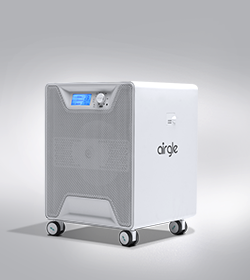Air Purification for Hospitality
Indoor Air Quality (IAQ) is incredibly important to the hospitality industry. As one of the hardest hit industries, the COVID pandemic has caused long lasting ramifications, which are still being felt today. Companies worldwide have relied on Airgle air purifiers to combat the threat with confidence.



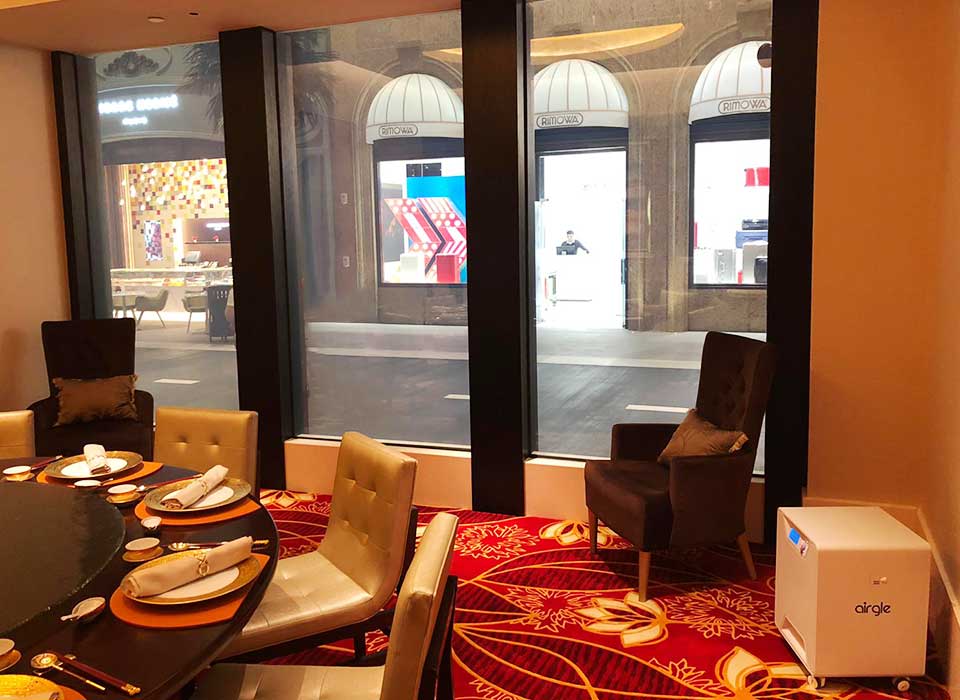
Why should hospitality properties work to reduce compromised air quality?
Individuals who are exposed to toxic air pollutants at sufficient concentrations, at sufficient durations, may increase their chances of getting seriously ill or may experience other negative health effects. The hospitality industry encompasses a wide range of services and activities such as lodging, restaurants, food services and many others. The lodging sector consists of hotels, motels, resorts and bed and breakfasts. Maintenance and operation activities within the lodging sector can release pollutants into the air and may contribute to health concerns.
What are the health effects of air pollutants that can arise from hospitality properties and businesses?
- Properties can emit hazardous air pollutants (HAPs), volatile organic compounds (VOC), and ozone-depleting substances (ODSs). These pollutants can contribute to health problems that may affect employees, guests and the community.
- Cleaning supplies, synthetic materials, paints and pesticides can release HAPs and VOC.ODSs such as chlorofluorocarbons may be released by improperly maintained heating, ventilation, and air conditioning (HVAC) units, refrigeration units and fire extinguishers.
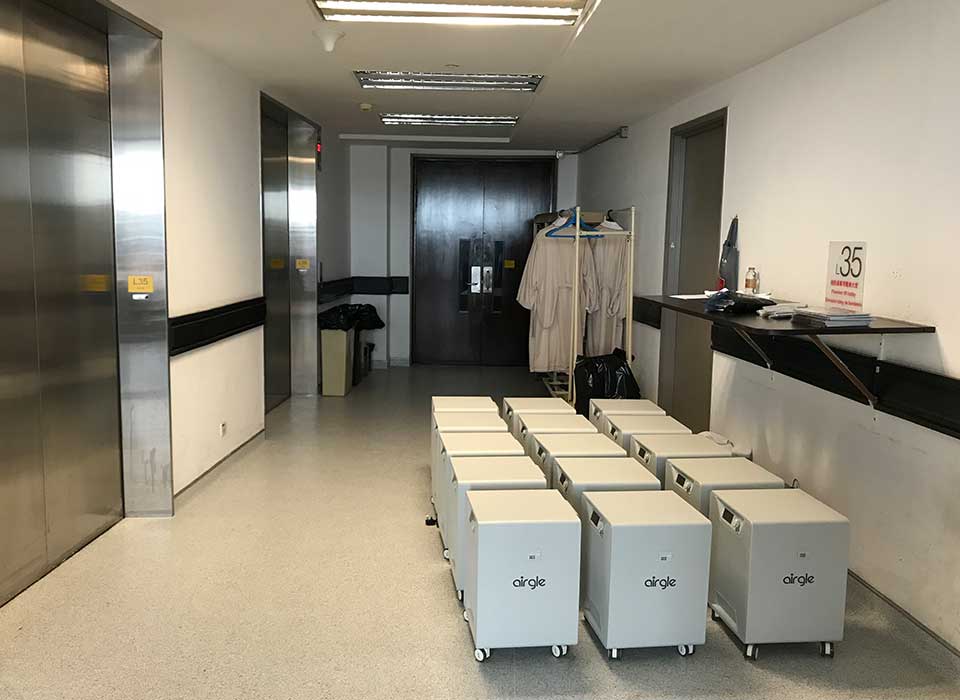
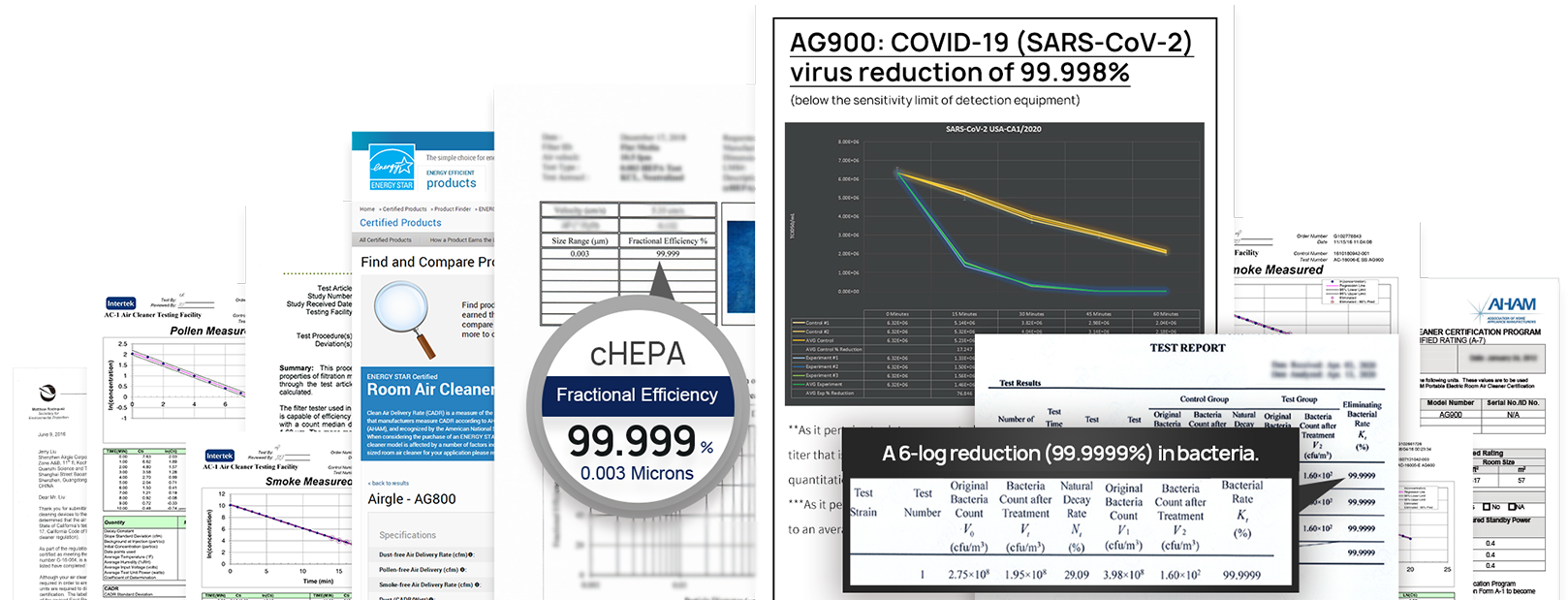

Since 1999, Airgle Corporation has been an industry leader, specializing in air purification solutions. Our air purification solutions are engineered to combat airborne pathogens, including COVID (CoV-2), ultra-fine particulates and VOCs in all indoor settings. Headquartered in New York, Airgle Corp. manufactures the only air purifiers possessing a cHEPA filter, with a capture threshold down to 0.003 microns and an ultraviolet titanium module, which neutralizes viruses, other pathogens and VOC’s with our photocatalytic oxidation technology.
Certification Authority
Highly recognized certifications, which Airgle systems have earned.

AHAM Association of Home Appliance Manufacturers
Airgle air purifiers have continuously passed AHAM testings for over 12 years.

ETL Electronic Safety Certification
Intertek, one of the world’s largest companies that specializes in consumer product testing, inspection and certification, has a worldwide reputation for its proven expertise, quality and integrity.

Energy Star Certification
A government program, launched by the US Department of Energy and the Environmental Protection Agency, aims to protect the environment and save energy.

CARB (California Air Resources Board)
The California State Government banned the sale of ozone-excessive air purifiers many years ago.

Airgle continues to establish ultra-purified, indoor air for the safety of all building occupants:
- Decreasing the exposure risk of airborne pathogens such as COVID (SARS-CoV-2), Influenza, RSV (respiratory syncytial virus) and other microbiological threats.
- Adsorbing and neutralizing VOCs (Volatile Organic Compounds), such as chemicals and gases, which are commonly found in buildings, which have suffered dampness or water damage.
- Capturing ultra-fine particulates, which can often remain airborne for hours or even days, such as dust, pollen, mold spores and other allergens.
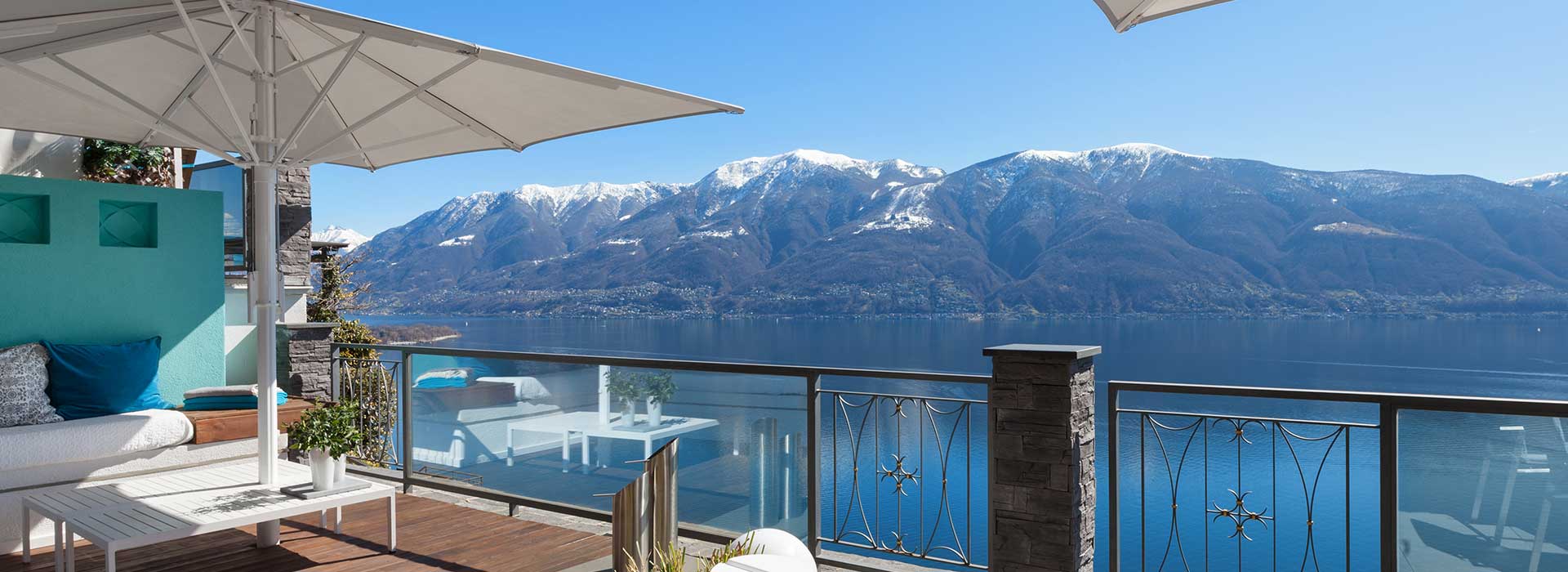
Outdoor Sources of Polluted Air
- Dust, soot, pollen, fungal spores
- Industrial emissions
- Vehicle emissions
- Loading docks
- Odors from dumpsters
- Unsanitary debris or building exhausts near outdoor air intakes
- Radon
- Pesticides
- Leakage from underground storage tanks
Building Equipment
- Microbiological growth in drip pans, ductwork, coils and humidifiers
- Improper venting of combustion products
- Dust or debris in ductwork
- Emissions from office equipment (volatile organic compounds, ozone)
- Emissions from shop, lab, and cleaning equipment


Components and Furnishings
- Microbiological growth on or in soiled or water damaged materials
- Materials containing volatile organic compounds, inorganic compounds or damaged asbestos
- Materials that produce particles (dust)
- Emissions from new furnishings and floorings




